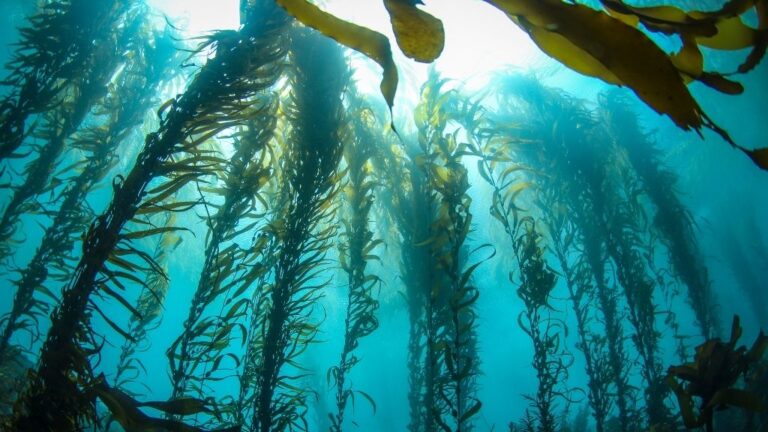Increased pressure on companies, individuals and governments to produce and consume sustainably has created an interest in alternative materials and food. One of the new shooting stars is the seagrass. As a multifaceted, climate-positive and a possible replacement for both burgers and plastics, companies have begun their investments along the continents' coasts. The question is what consequences industrial seagrass cultivation will have for local residents, ecosystems and international politics.
The use of seaweed and algae as food and materials can be traced back to thousands of years ago. The collective name seagrass actually refers to approx 11 different species, where brown, red and green seaweed together with seaweed are the most coveted varieties for human consumption.
Common to the seagrass species is its high nutritional content and large amounts of vitamins and minerals. Traditionally the wild seagrass has been collected along beaches and cliffs and often the process has been carried out by women. Growing food insecurity and decreasing fish stocks globally, seaweed continues to play an important role as a nutrient and source of income along coastal areas, but also that more people are interested in the resource.
Insights on the climate impact of the food industry has broadened the perspective on global food production. With rising water levels and more extreme weather, more companies are looking at new ones technologies to abandon cultivation on land completely and instead turn to the sea - which until now has been an unexplored cultivation area. By using only two percent of the oceans for seagrass production, the protein needs of twelve billion people could have been met, according to the UN Global Compact Sustainability Initiative.
In the manifesto “The seaweed manifesto” writes UN Global Compact together with Lloyd's Register Foundation that the potential of seaweed is enormous in the work towards the global goals. In addition to the ability to reduce poverty and hunger, seaweed farming can play an important role in providing ecosystem services. The plants oxygenate bottoms, bind large amounts of carbon dioxide and form natural habitats for fish and other aquatic organisms.
Large companies invest in blue farming
In addition to being a food, different types of seaweed can be used in cosmetics, medicine and fertilizers. Researchers have also discovered that seagrass-based animal feed can be reduced methane emissions from livestock by up to 90 percent, which can significantly reduce the climate impact of the meat industry.
According to forecasts Seagrass cultivation will grow exceptionally in the coming years as a result of increased demand and more new uses. Ikea is one of the companies that examines the possibility of using seagrass-based material to replace the plastic packaging the company has promised to phase out completely within six years. The change affects 920 tonnes of material annually, something that Ikea itself hopes to inspire in a major societal transformation and phasing out of fossil plastics.
Other businesses have also begun large investments in blue agriculture. Off the coast of Namibia has the multinational company Kelp Blue invested in a sea area of 70 hectares for the cultivation of seaweed that will become plastic material, manure and fish feed. In addition, the company's goal is to generate job opportunities for the local population and boost the ecosystem to benefit the fishing industry.
Can lead to a new type of land grabbing
Despite undeniably good intentions, risks can be sensed when large companies outsource traditional operations. In southern India testify harvesting women on reduced quantities of wild seagrass due to overexploitation and lack of industrial regulation. Also the UN Global Compact indicates the need for international agreements and policies to ensure that the expanding seagrass industry does not pose a risk to local ecosystems and the survival of traditional communities.
Regulations are also needed to ensure that water claims do not lead to political conflicts. With critical glasses, multinational companies' investments along the coasts of the global south can be seen as a warning flag for a new type of land grabbing - where water territory rather than land is in demand.
Despite the potential of seagrass cultivation, industrial expansion risks leading to exploitation and the transfer of resources from people who have traditionally been dependent on the services provided by the ecosystem. That international regulations ensure that both ecosystems and local people benefit from large investments is therefore very important. Only then do seaweed farms have a real potential as a tool out of global crises.

